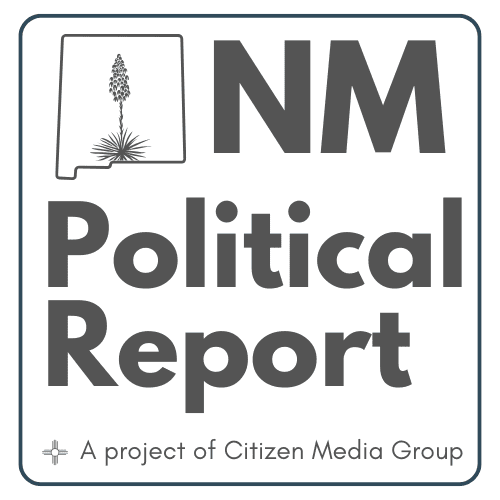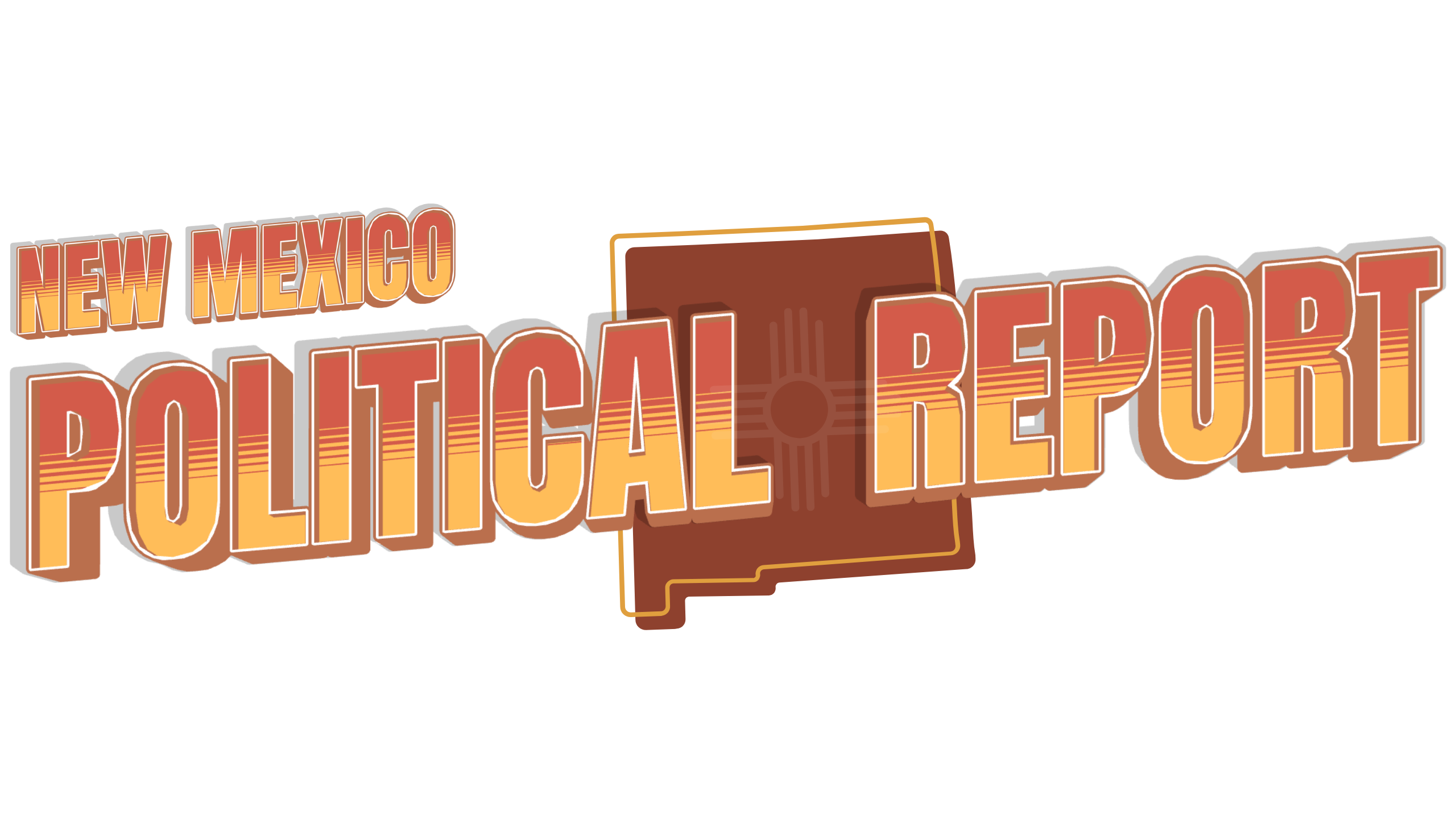New Mexico’s senators are demanding answers about how a $50 billion federal fund will be distributed to rural hospitals, as up to eight facilities in the state could close within 18 months due to sweeping cuts to healthcare programs.
Sens. Ben Ray Luján and Martin Heinrich joined 14 other Democrats in a letter to Centers for Medicare & Medicaid Services Administrator Dr. Mehmet Oz, pressing for transparency about the Rural Health Transformation Program included in the recently signed “One Big Beautiful Bill Act.” The letter, dated July 25, warns that 15 New Mexico hospitals serving high percentages of Medicaid patients are at immediate risk.
The senators’ letter comes after President Donald Trump signed the reconciliation legislation July 4, which cuts an estimated $911 billion from Medicaid over 10 years while creating the temporary rural health fund. New Mexico health officials estimate the state could lose up to $2.8 billion in Medicaid funding.
“We are alarmed by reports suggesting these taxpayer funds are already promised to Republican members of Congress in exchange for their votes,” the senators wrote in their letter to Oz. They criticized what they called “vague legislative language” that could allow the fund to be “distributed according to your political whims.”
The rural health fund represents just 5% of the total healthcare cuts in the legislation, according to the letter. Multiple analyses have found the $50 billion spread over five years falls far short of offsetting projected losses to rural hospitals, which could face $87 billion to $137 billion in reduced federal funding over a decade.
Senate Budget Committee analysis identified 15 New Mexico hospitals among those nationwide serving the highest concentrations of Medicaid patients, putting them at the greatest closure risk. The facilities include Alta Vista Regional Hospital in Las Vegas, Eastern New Mexico Medical Center in Roswell, Dr. Dan C. Trigg Memorial Hospital in Tucumcari and Lincoln County Medical Center in Ruidoso.
State health officials warn that six to eight rural hospitals could close within 18 months if the cuts proceed as planned. Such closures would worsen healthcare access in a state where 11 of 33 counties are already classified as “maternity care deserts.”
Troy Clark, CEO of the New Mexico Hospital Association, said hospital closures would create a “domino effect” that burdens urban medical centers and increases wait times statewide.
“The reality is they’re all at risk, since we have so much Medicaid here,” Heinrich said in June. Rural hospitals “are at risk of restricting services that impact everyone.”
The Rural Health Transformation Program allocates $10 billion annually from 2026 to 2030. Half the money will be distributed equally among states with approved applications, while Oz has discretion over distributing the remaining $25 billion based on rural population, facility counts and other factors he deems appropriate.
States must submit detailed rural health transformation plans by Dec. 31, 2025. If Oz disagrees with how states use the funds, the law allows him to “withhold payments to, or reduce payments to, or recover previous payments from” states.
The senators are demanding answers to 16 specific questions, including when guidance will be provided to states, how funds will be prioritized for rural providers and what safeguards exist against improper use.
The One Big Beautiful Bill Act passed the House on July 3 after the Senate approved it with Vice President JD Vance casting the deciding vote. The legislation extends Trump’s 2017 tax cuts while implementing significant changes to healthcare programs.
The Congressional Budget Office estimates 10.5 million people will lose Medicaid coverage by 2034, primarily through new work requirements mandating able-bodied adults work 80 hours monthly to maintain eligibility. The requirements apply only to the 40 states and Washington, D.C., that expanded Medicaid under the Affordable Care Act.
New Mexico Health Care Authority Secretary Kari Armijo estimates up to 89,000 New Mexicans could lose Medicaid coverage under the changes — more than 10% of the state’s 836,000 enrollees.
The Trump administration has defended the legislation and rural health fund. A White House fact sheet released June 29 called it a “myth” that the bill “kicks American families off Medicaid,” stating “there will be no cuts to Medicaid.”
The administration argues the law “protects and strengthens Medicaid for those who rely on it” while “eliminating waste, fraud and abuse.” Officials say the rural health fund provides “unprecedented levels of federal assistance to rural and other vulnerable hospitals.”
However, healthcare policy experts have questioned whether the fund’s temporary nature — ending in 2030 — can address permanent structural changes to Medicaid financing.
Rural hospitals nationwide have struggled financially for years, with 44% operating with negative margins in 2023. More than 90 rural hospitals have closed over the past decade, and over 300 are currently at immediate risk of closure, according to healthcare analysts.
New Mexico’s rural healthcare challenges are particularly acute given the state’s geography and demographics. Residents in rural areas live an average of 10.5 miles from the nearest hospital — twice as far as urban residents — making closures especially impactful for emergency and maternity care.
The senators requested a staff briefing and written responses to their questions by Aug. 15.

This report is supported by NM Political Report, a nonprofit newsroom working to increase New Mexicans’ engagement in politics and public policy.
Reported by: Kevin Hendricks
This report is original reporting by a New Mexico-based independent journalist with support NMreports.org and its readers and sponsors.
